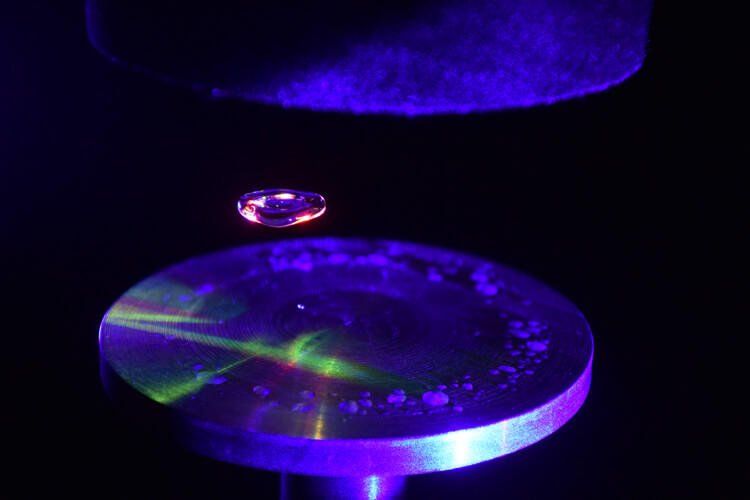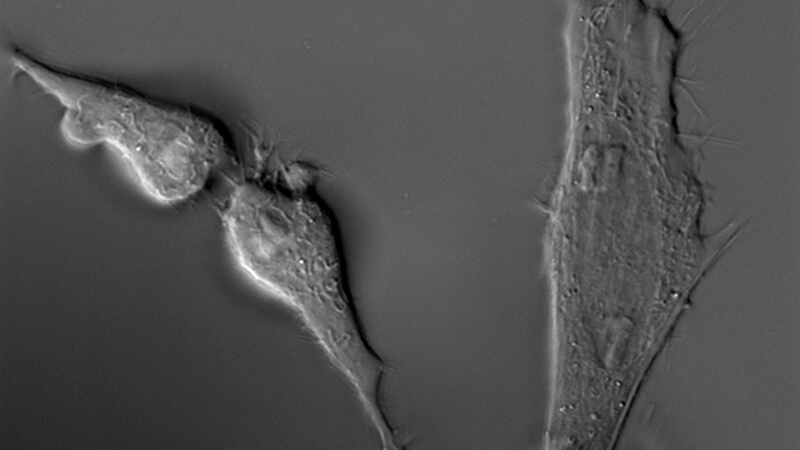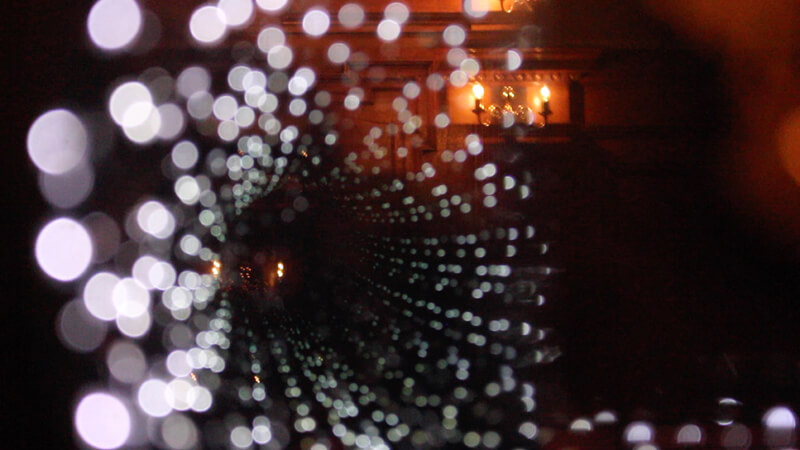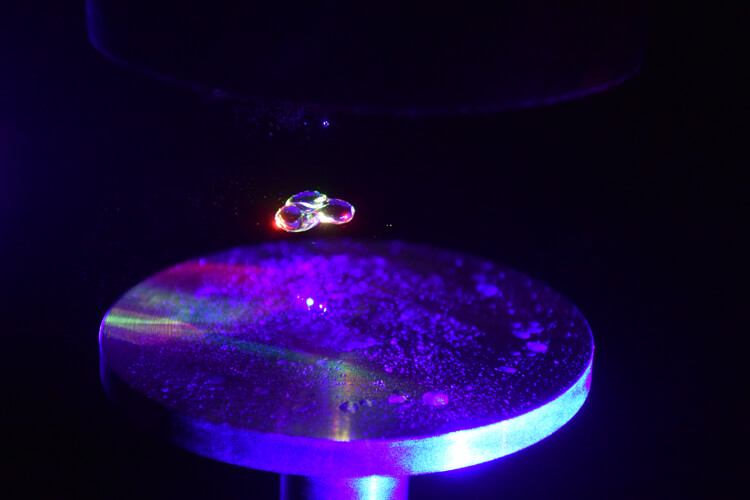Text by Ana Sancho

No Such Thing As Gravity is the forthcoming exhibition of FACT Liverpool. Curated by Rob La Frenais, it will explore the boundaries between art and the dynamic aspects of science. No Such Thing As Gravity aims to exhibit artworks and scientific experiments that attempt to fill the gaps in scientific knowledge with alternative science and irrational thinking, questioning the limitations of the human brain.
FACT (Foundation for Art and Creative Technology) is a cutting-edge media arts centre based in Liverpool. It hosts three galleries with a rotating set of exhibitions that show the work of leading digital and new media artists who infuse creative technology into people’s lives. Their exhibitions always go one step beyond questioning what is established and opening new horizons of knowledge, and No Such Thing As Gravity is another clear example.
With an impeccable selection, La Frenais brings together artists that articulate their work around ideas on how the brain copes with concepts ranging from death and existence, living and semi-living and human near-death experiences to energy entities and quantum physics.
One appealing project is Heirloom (2016) by Gina Czarnecki and John Hunt, a living artwork made from the cells of Gina´s own daughters grown on face moulds to create living portraits. The experiment plays with the idea of “renewing” ourselves and the possibility of leaving a living legacy to our children.


The Ghost Formula (2016) by Sarah Sparkes also probes this boundary. Inspired by Marcel Duchamp’s A GUEST + A HOST = A GHOST (1953), it explores the ever-present concept of the two worlds, the living and the dead, through visual media. On the other hand, Helen Pynor also investigates the boundaries between life and death with her new project, The End is a Distant Memory (2016), but in this work from a biological and cellular perspective, she achieves her goal by cultivating living cells on dead tissue from chicken meat, bought in a supermarket, while the other stage of the project explores human near-death experiences.
The metaphysical interpretation of energy forces is studied in the work of Tania Candiani. Her piece Machine For Flying Besnier 1673 is based on pioneering devices intended to challenge gravity and its role in the history of science. Agnes Meyer-Brandis also focuses on gravity, and in her film Applied Falling / Hammer and Feather (2012), she studies the falling and floating of different objects.
Evelina Domnitch and Dmitry Gelfand will display Quantum Lattice (2016), among other works. Their latest piece uses an ion trap to investigate the subtle interactions between light, electric fields and gravitational forces. Yin-Ju Chen´s video installation, Action at a Distance (2015), elaborates on metaphysics and how visible science and hidden pseudoscience shape human life.
Last but not least, Water Gas Car (2013 – present) is an energy project in which Nick Laessing attempts to build a water-fuelled car. Visitors can also participate in the event Voyage: A session for remembering in order to have a hypnotic experience and travel to space.
As the cherry on top of the cake, the opening of FACT Liverpool’s new exhibition on November 10th coincides with the Day of Collisions, a day in collaboration with Arts at CERN and dedicated to art and science. The day will include talks, workshops and discussions exploring the intersection of both fields – a fascinating journey searching for new knowledge, in science, through art.






